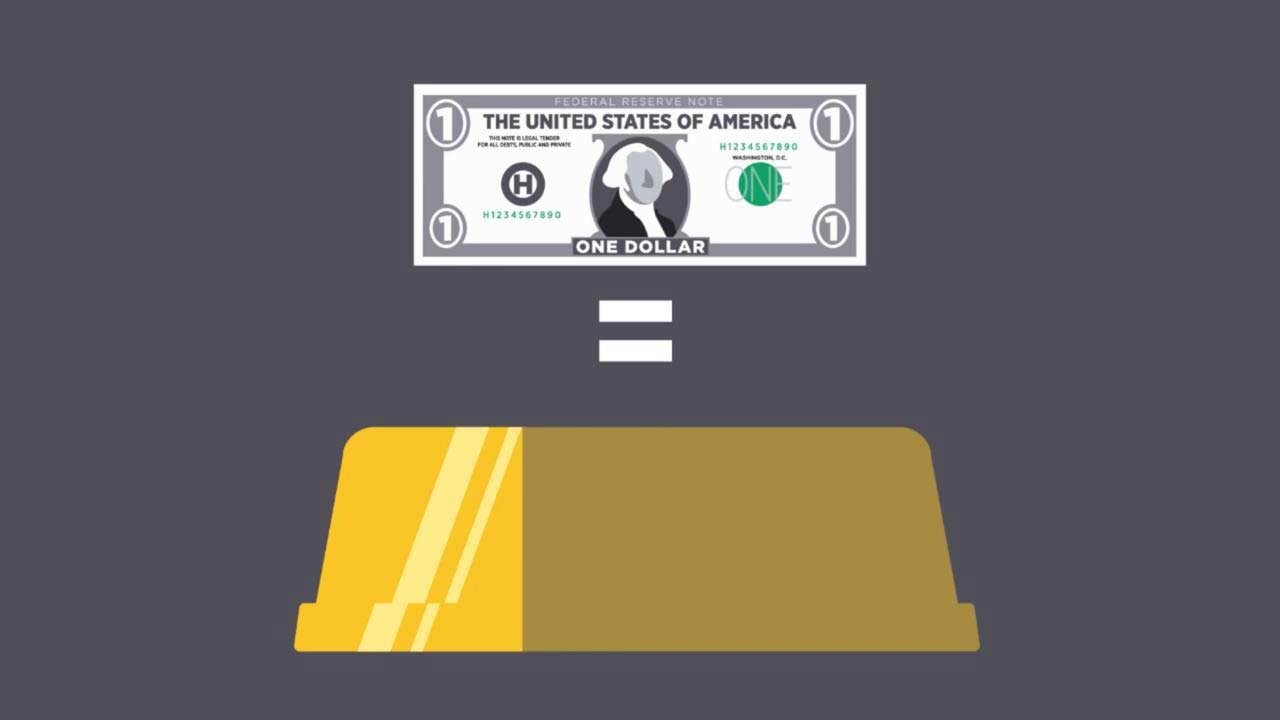The Gold Standard and Inflation

The U.S. and other economies left the gold standard in the 20th century. Advocates of a gold standard periodically call for its return, saying that it would curtail or prevent inflation. In this video, St. Louis Fed economist David Andolfatto explains that a gold standard is not immune to government manipulation.
Video Transcript
[Music playing]
Narrator: What do advocates of the gold standard view as its primary benefits, and what would that mean for regular taxpayers and citizens?
David Andolfatto: Well, proponents of the gold standard like to emphasize the fact that under a strict gold standard, governments are not permitted to finance their expenditures by printing new money. Their governments are restricted to financing their expenditure either through raising taxes or by issuing debt.
In countries where the gold standard hasn't been in place, frequently we see an excess of money creation created by governments who are under fiscal stress, and this excess money creation leads to high inflation. And, in some cases, even hyperinflation like the recent case in Zimbabwe for example.
Inflation is a devaluation in the purchasing power of the monetary unit.
Narrator: So, if I understand you correctly, the fear comes from the idea that without binding U.S. currency to a commodity such as gold, the government will be tempted to finance its debt by just printing money, which could eventually cause runaway inflation. But would a return to a commodity-backed currency eliminate that risk?
David Andolfatto: The question is, if under a gold standard these devaluations never occur, the answer is false. Remember that a gold standard is also not immune to government manipulation. Under a gold standard, remember, the government simply gets to choose the definition of a dollar. So, a government can lower the purchasing power of a dollar bill by simply making it worth less gold.
In the United States, prior to 1933 for example, $1 meant 1/20th of an ounce of gold. In 1933, in the depths of the Depression, President Roosevelt redefined $1 to mean 1/35th of an ounce of gold. That is, a $1 bill was now worth less gold, about 60% less. In other words, the government was able to expand its supply of paper bills by 60% without changing its reserve of gold. This single act resulted in a significant decline in the purchasing power of paper money and shows how it is possible to generate inflation even under a gold standard.
Moreover, note that there is little to prevent the government from abandoning the gold standard entirely as has been done many times in the past—most recently in the United States by President Nixon in 1971.
Gold Standard Video Series
- Part 1: How the Gold Standard Compares to a Fiat Money System (2:04)
- Part 2: Gold Standard and Inflation (3:00)
- Part 3: Purchasing Power (3:17)
- Part 4: Benefits of a Fiat Money System (2:23)
- Part 5: The Gold Standard and the Central Bank (1:46)

